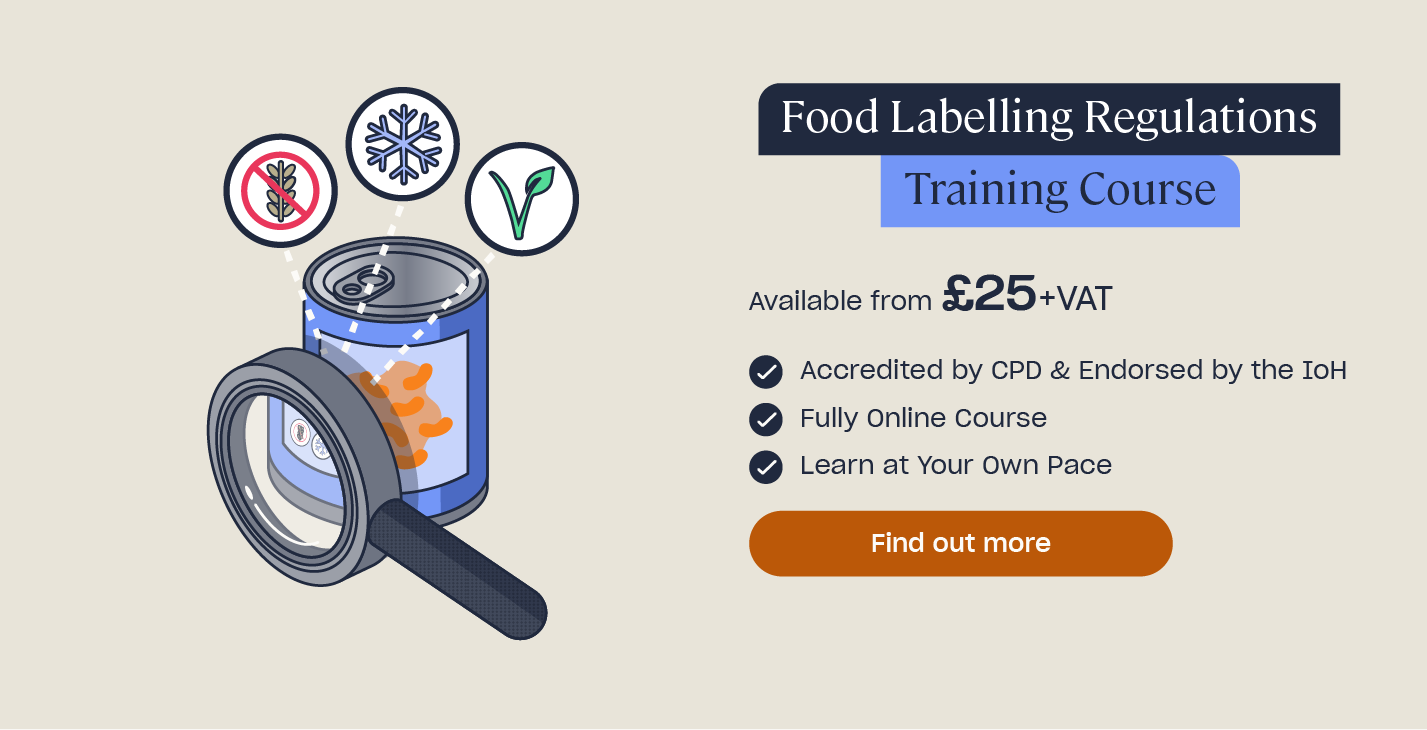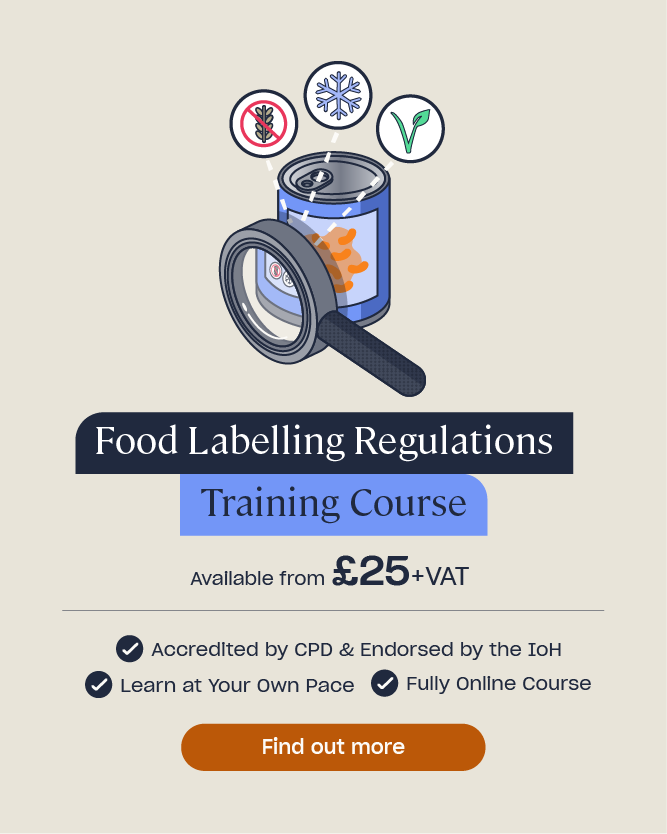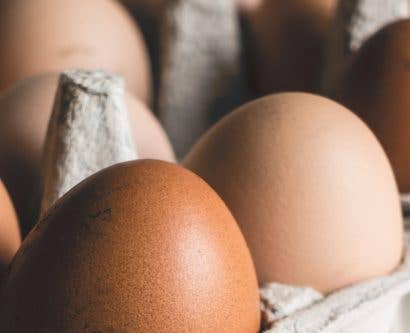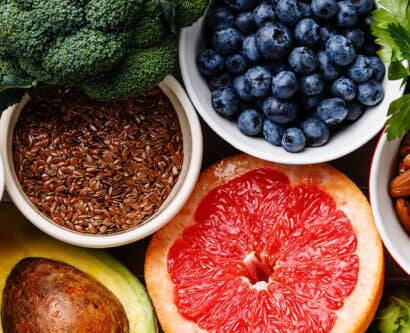What Does Alcohol Free and Low Alcohol Mean?
Alcohol free, de-alcoholised and low alcohol drinks have, in recent years, become many people’s first choice when it comes to drinking. In the UK, alcohol free refers to a drink that contains no more than 0.05% ABV, de-alcoholised is no more than 0.5% ABV and low alcohol means no more than 1.2% ABV.
People may choose lower or alcohol free drinks for a number of reasons, such as health reasons, lower calorific content and social reasons. In this article, we will explain what alcohol free means and the differences between it and low alcohol drinks. We will provide some examples of low alcohol and alcohol free drinks, whilst offering guidance on the requirements needed to correctly label alcohol free and low alcohol drinks.
What Does Alcohol Free Mean?
Not all alcoholic drinks are the same, they can vary greatly depending on how much pure alcohol is in them. Stronger alcoholic drinks have more pure alcohol in them than weaker ones – this is shown by the Alcohol By Volume (ABV) percentage.
In the UK, alcohol free refers to a drink or product not containing alcohol, or a drink from which the alcohol has been extracted, if it contains no more than 0.05% ABV. On the other hand, de-alcoholised is a drink from which the alcohol has been extracted if it contains no more than 0.5% ABV. Finally, low alcohol refers to drinks with an ABV of between 0.05% and 1.2%.
There are many reasons why people may choose to drink alcohol free or reduced alcohol drinks, for example:
- Health – reducing the number of units you consume helps to avoid serious long-term effects of drinking too much alcohol. It can help prevent cancer, mental health problems, high blood pressure and heart disease.
- Diet – people may choose these options as they tend to have a lower calorific content.
- Variety – some people may like the option of mixing up what they drink and being able to have the choice to opt for lower alcohol drinks.
- Social acceptance – some people may want to ‘fit in’ in social settings that are largely centred around drinking alcohol.
- Better sleep – consuming low or alcohol free drinks means you’re likely to get a better night’s sleep and thus, feel fresher in the morning.
Non-Alcoholic Beer Benefits
A common form of low alcohol beverages is non-alcoholic beer. The market for these products has grown massively in recent years – Waitrose supermarket saw a 29% increase in sales on non-alcoholic beers. The demand continues to grow as people make the change permanently, or simply choose to drink non-alcoholic beers alongside alcoholic ones to cut back. There are many benefits to drinking them over a higher alcohol beverage, such as:
- Lower calorie content – there are 122 calories in a 330ml bottle of Carlsberg (3.8%) vs 73 calories in a 330 bottle of Carlsberg “0.0” (0%).
- Great taste – brands have taken it upon themselves to develop non-alcoholic beers that people will enjoy the taste of and thus, they will not be deterred from them.
- Can help to cut down your drinking habits – enjoying non-alcoholic beer means you drink fewer units every week. Even if you just drink non-alcoholic beers throughout the week, you are still cutting back considerably.
- It won’t get you drunk – some people might enjoy drinking but do not enjoy the feeling of being drunk and what follows this, such as a hangover, tiredness and ‘hangxiety’.
- Health benefits – not drinking alcoholic beer can reduce your risk of heart disease, rehydrate the body, promote better sleep and reduce stress and anxiety.
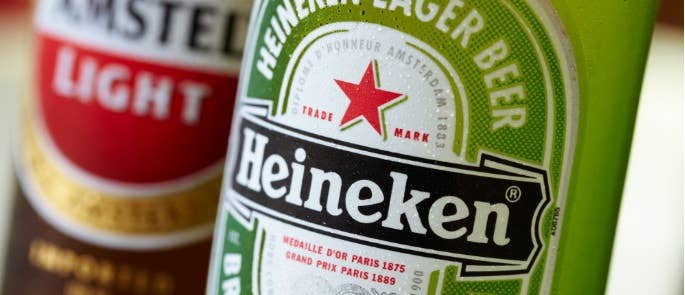
Is Non-Alcoholic Beer Bad for Your Liver?
It is worth noting that whilst non-alcoholic beer is certainly better for your health than its alcoholic counterpart, it can still contribute to liver damage. It can also be dangerous to those suffering from pancreatitis. Since most alcohol is processed through the liver, even the small amount of alcohol in a non-alcoholic beer can cause further damage for those who are already suffering from issues with their liver.
It is essentially impossible for non-alcoholic beer to make you intoxicated, this is because of how small the ABV percentage is versus how quickly the body can process the alcohol – your body processes it almost as quickly as you drink it so your blood alcohol level cannot build up to a point where you feel drunk. However, it is important to remember that, even though non-alcoholic beer cannot strictly speaking get you drunk, your liver still has to process the alcohol that these drinks contain.
What are the Differences Between Alcohol Free and Low Alcohol Drinks?
It is important to remember that there are key differences between alcohol free and low alcohol drinks – namely this is the ABV percentage. In the UK, alcohol free refers to no more than 0.05% ABV and low alcohol is no more than 1.2% ABV. Whether your reason for drinking low alcohol or alcohol free drinks, you should always check the label to decide which one is right for you. However, across Europe and in the USA, ‘alcohol-free’ means anything under 0.5% so you must be sure to check labels accordingly.
Want to learn more?
Consider our Food Labelling Regulations training course to find out more on food labelling information and requirements.
Opting for low alcohol or alcohol free drinks is something many would now consider. Almost a quarter (23%) of those who drink alcohol said they would consider switching some of their drinking to low alcohol or alcohol free options in the next 6 months. There are many reasons for this such as:
- Less social pressure – there has been a real shift in attitudes surrounding drinking, particularly with younger generations. Research shows that one in ten (9%) of 18-24 year olds had already switched the majority of their drinking to low alcohol options.
- Increasingly responsible attitudes to drinking – these range across all age groups and cover a range of reasons such as:
- Being able to drive safely home after social events (31%).
- Reducing the risk of long-term physical healthy issues (22%).
- To cut back on the amount you may drink through the week – for example someone may choose low alcohol options mid-week and then drink alcohol on the weekends.

Examples of Low Alcohol and Alcohol Free Drinks
There are many different types of alcohol free and low alcohol drinks on the market. If you choose to drink them, you will not be short of options. More innovation, time and effort than ever is going into the production of low alcohol drinks, so that they taste just as good as their alcoholic counterparts.
There are many options for you to choose from such as:
- Non-alcoholic beer:
- Big Drop Brewing boasts an impressive range of non-alcoholic craft beers for you to choose from. They are on a mission to make “beers that are big on flavour and personality, but never more than 0.5% ABV.”
- Non-alcoholic wine/sparkling wine:
- Non-alcoholic spirits:
- Caleño tropical non-alcoholic spirits – this is great for any rum lovers.
- Seedlip distilled non-alcoholic spirits – offer three unique flavours of herbal, citrus and aromatic notes.
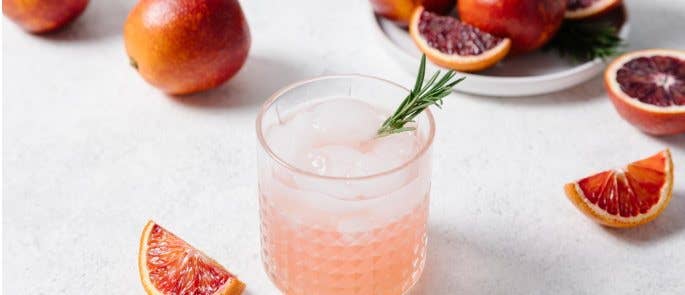
It is clear to see that there is no shortage of options when it comes to low alcohol options, and many of these have sprung into popularity in recent years – but why this sudden care for low or no alcohol drinks?
The BBC reports new research from Alcohol Change who saw that, when in lockdown, one in five people (21%) in the UK increased their alcohol intake. However, this stat is contrasted by the fact that the same report showed that nearly one in three (35%) reduced their consumption of alcohol or completely stopped drinking.
People are also increasingly aware of and favouring low alcohol drinks as they become more aware of their health – both short-term and long-term.
How to Label Alcohol Free and Low Alcohol
As we have pointed out, there are many options for those who wish to drink low alcohol drinks and whilst this is of course a good thing, it’s important that you know what to look for on labels when selecting your drinks, how different labels may vary outside of the UK and how you should label alcohol free and low alcohol products.
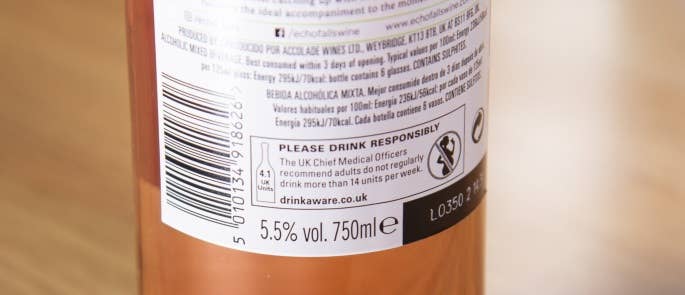
Alcohol Labelling Requirements
According to The Food Labelling Regulations 1996, the definitions and key labelling requirements to remember when looking at the labels for alcohol free and low alcohol products are:
- ‘Low alcohol’ or word(s) having similar meaning – not more than 1.2% ABV.
- ‘De-alcoholised’ – not more than 0.5% ABV and having undergone a dealcoholisation process.
- ‘Non-alcoholic’ – permitted in the composite name ‘non-alcoholic wine’.
- Any beverage that contains more than 1.2% ABV must show the actual strength by percentage.
- ‘Alcohol free’ – not more than 0.05% ABV.
A beer and/or wine producer can have some leeway when producing and subsequently labelling their products. The tolerance depends on the declared volume of the item:
- +/- 0.5% up to 5.5% declared volume.
- +/- 1% over 5.5% declared volume.
For further guidance on low alcohol descriptors click here.
So long as you stay in the UK, the above guidelines are the only ones you need to remember. However this does not stay the same throughout EU regulations. Across Europe and the USA, ‘alcohol free’ means anything under 0.5%, so you must be sure to check the labels of drinks wherever you go.
Before Brexit, this meant that an Alcohol free beer made in Germany for example, could be sold in the UK at 0.5% because of EU trading regulations. However, due to UK laws, an alcohol free beer made in the UK has to be no more than 0.05%. Post-Brexit, this law is still retained and applies for now – due to ‘mutual recognition’.
Understanding what you are drinking is always important, whether it be for health reasons or convenience, and the labelling of products is a key way for you to understand and determine what you buy and consume. Whilst it is advised that alcohol brands add approved drinking responsibility messages and pregnancy warning messages to their products, this is not a legal requirement.
We hope you enjoyed this article and found it useful in determining the differences between alcohol free and low alcohol drinks, some different types and brands that you can try and the benefits of doing so. Perhaps you are wanting to stop drinking, or even just cut back – this article can help you better understand where to start. For any more information, feel free to get in touch. High Speed Training offers a wide variety of courses and resources that can help.
Further Resources:
Licensing Law Awareness Training Course
A Guide to the Different Types of Substance Abuse
Cellar Cleaning and Maintenance Schedule for Busy Pubs and Bars
Essential Tips for Tracking Your Bar Wastage: Free PDF Download
Refusal of Sales Log – Why do I Need One?
Licensing Law Awareness: Do You Know How to Spot a Fake ID?


